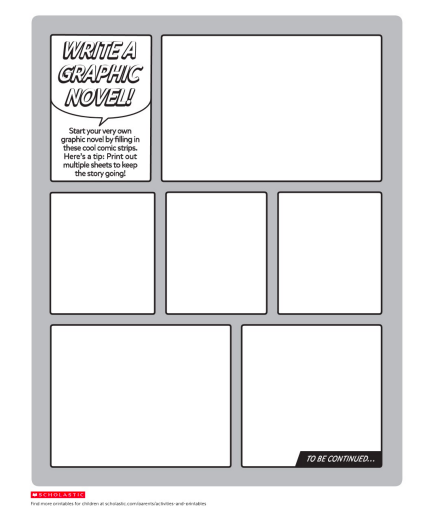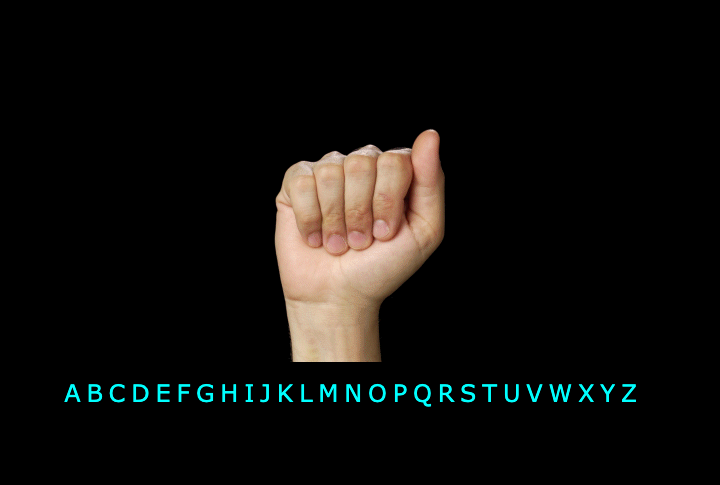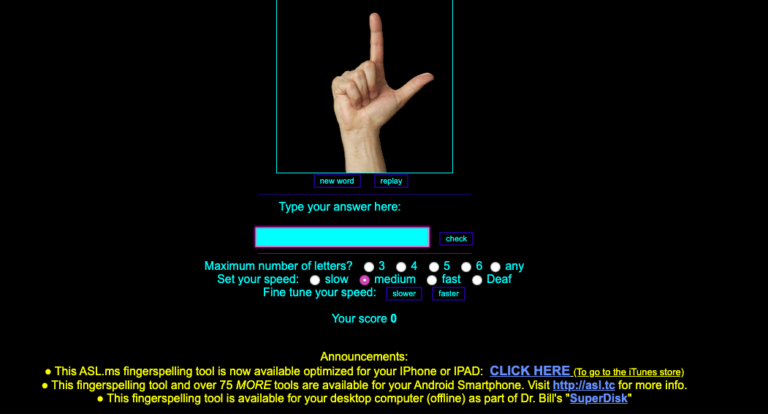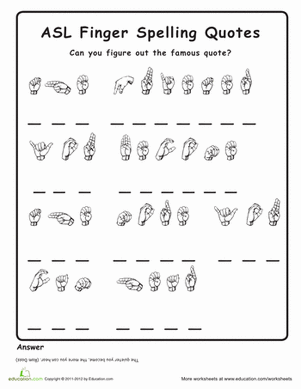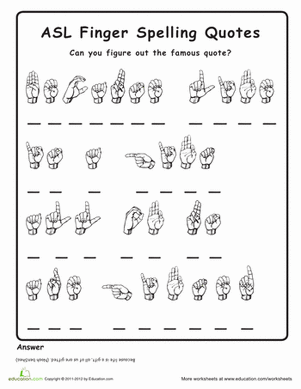ENRICHMENT
Deafness and Hard of Hearing Resources
This unit helps students understand that the part of the body affected by deafness or hard of hearing is the ears, and that someone who is deaf or hard of hearing can use a variety of useful techniques and assistive technology to be independent and to participate in activities of daily life.
Key themes:
- Deafness or being hard of hearing are among the many traits that contribute to making a person the individual that he or she is.
- Individuals can experience a broad spectrum of auditory disabilities, from having some usable hearing to extremely limited or no hearing.
- People with deafness or hard of hearing make individual choices regarding how they prefer to communicate and which personal devices (such as hearing aids or cochlear implants), if any, they will use to assist them.
- Technology is playing an increasingly important role in enabling people with deafness or hard of hearing to do everyday tasks and to function more independently.
- People with deafness or hard of hearing do lots of things like play sports and participate in other activities, sometimes with adaptations.
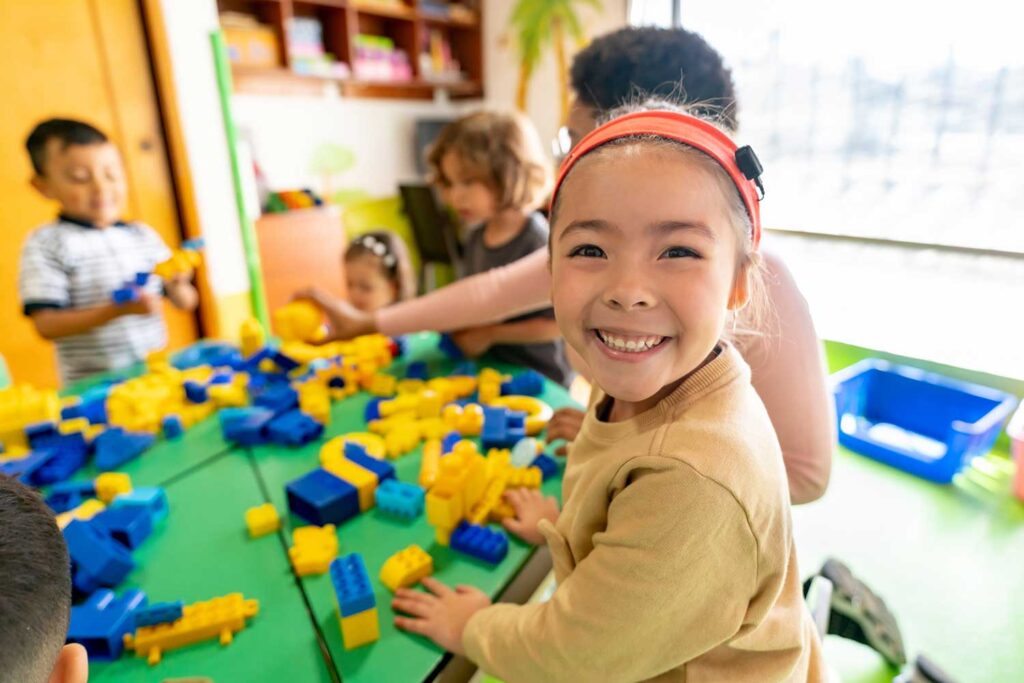
Suggested reading:
We suggest reviewing our extensive guide to finding suggested reading titles online, for free or at very low cost. You can find our guide here.
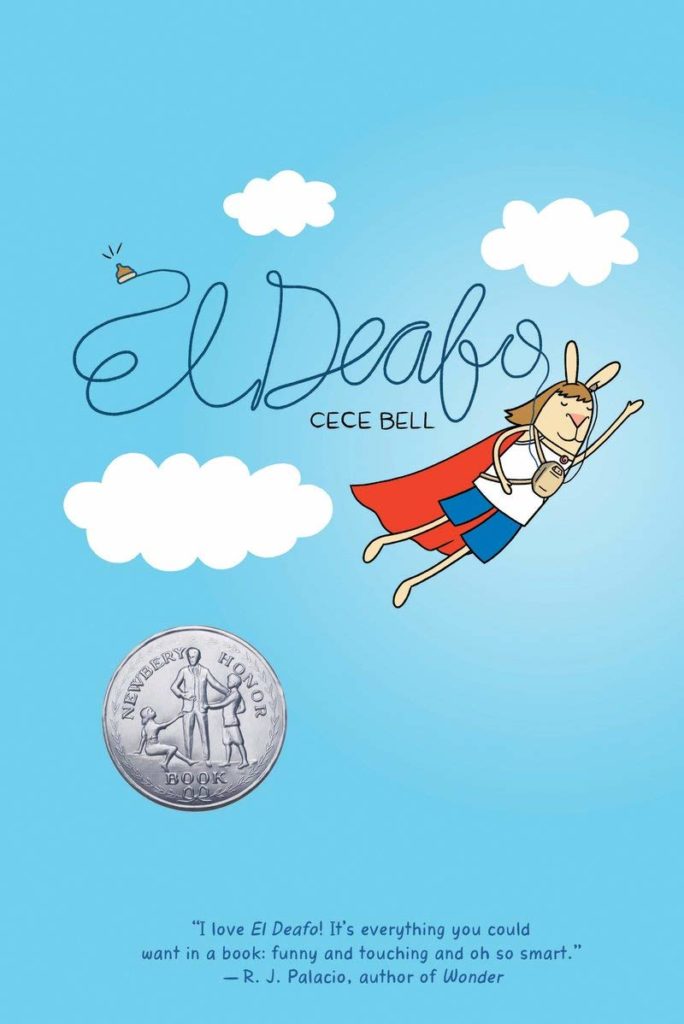
Graphic Novel: El Deafo, by Cece Bell, an autobiographical middle grade graphic novel (and now a series on AppleTV+)
For grades 3-7
Summary:Going to school and making new friends can be tough. But going to school and making new friends while wearing a bulky hearing aid strapped to your chest? That requires superpowers! In this funny, poignant graphic novel memoir, author/illustrator Cece Bell chronicles her hearing loss at a young age and her subsequent experiences with the Phonic Ear, a very powerful—and very awkward—hearing aid.
The Phonic Ear gives Cece the ability to hear—sometimes things she shouldn’t—but also isolates her from her classmates. She really just wants to fit in and find a true friend, someone who appreciates her as she is. After some trouble, she is finally able to harness the power of the Phonic Ear and become “El Deafo, Listener for All.” And more importantly, declare a place for herself in the world and find the friend she’s longed for.
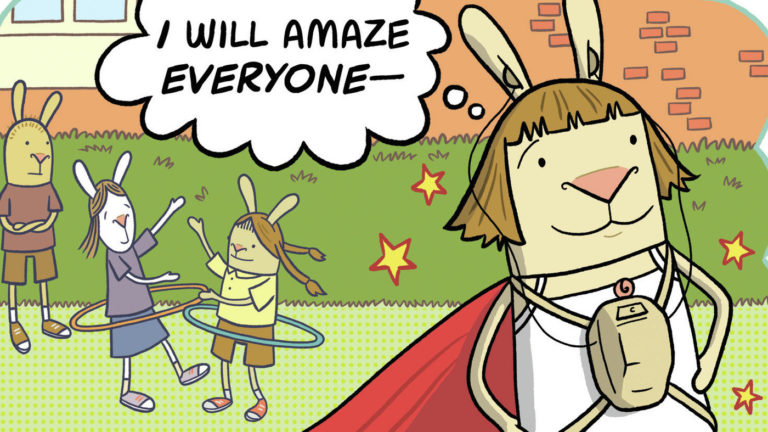
Questions:
- How does the author show some of her challenges after she loses her hearing? Do you think it is easier to use a graphic novel to describe this?
- What do you think about the challenges she had learning to lip read? What were the cues that she used to help her figure out what others were saying? What are some of the ways you could make it easier for someone who reads lips?
- What were some of the ways that Cece’s friends helped her? How did Cece help others?
- What were some of the things others did that were NOT helpful, from her point of view? When did she feel left out?
- What were some of the adaptations and technology that Cece used? What gave her “superpowers”?
- What is the difference between “being different” versus “being alone”?
- How did the character she created, “El Deafo,” help Cece learn to stand up for herself?
- Why do you think Cece did not want to learn sign language?
- How did Cece feel about being deaf early in the book? How did she feel about others knowing she was deaf? How did that change?
You can hear the Inside Story of El Deafo, from Cece Bell herself, one chapter at a time on recorded videos on Youtube:
*Note: views expressed by author are her own
Offline activities:
Make your own graphic novel — or even just one page. Share something about your life, and your friends and family.
How to make your own comics — tips for getting kids started creating their own comics, and helping them get better as they go along.
*Note – these links will take you outside webpages.

